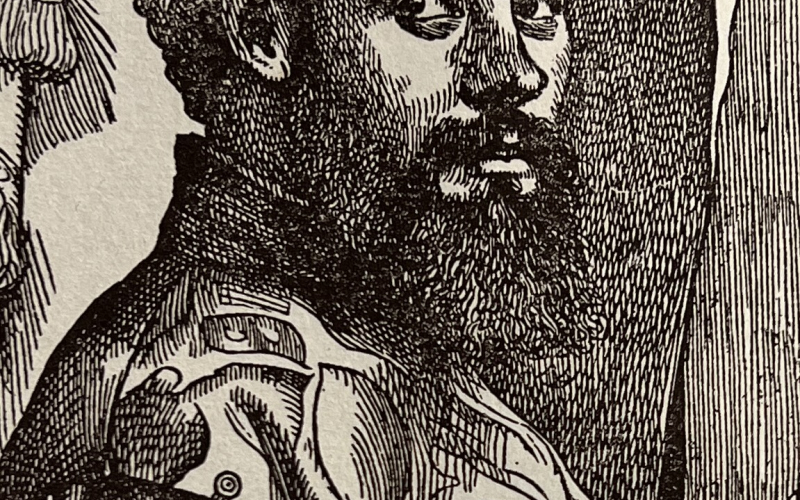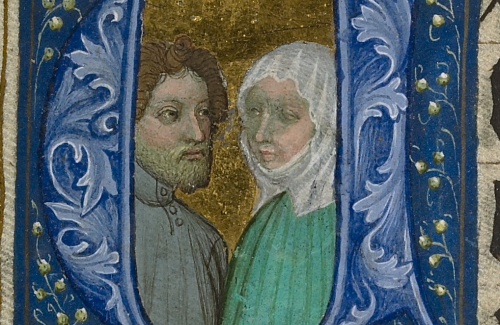#29 Andreas Vesalius
This scientist is a sixteenth century anatomist, whose direct experience with dissection made him famous, and doctor to some of the greatest ruler in Europe. His book contains detailed, accurate imagery of the human body, at all levels.
1. The book is Andreas Vesalius’ ‘De Humani Corporis Fabrica Libri VII’ – ‘On the Fabric of the Human Body in Seven Books.’
2. It was printed in Basel in 1543 by Johannes Oporinus, one of the finest printers of his time, and Vesalius gave detailed, written instructions on how the book should appear.
3. The illustrations were made on wooden blocks, allowing for very fine details of bones, muscles and organs.
4. Vesalius was born in Brussels at the very end of 1514. He would study at Leuven and Paris, and later taught in Padua, Pisa and Bologna, before becoming the Imperial physician to Charles V and later his son, Philip II.
5. At the time, the authority on human anatomy was the physician Galen, who had lived in the second century CE. However, Vesalius was able to challenge many of Galen’s writings through dissection of the human body, where Galen had only used animals.
6. Unlike most anatomists of the time, Vesalius performed dissections himself, and encouraged his students to do the same.
7. De Humani Corporis Fabrica was not Vesalius’ first work. He had produced earlier anatomy illustrations that he published in 1538, when he found they were being copied and printed without his permission.
8. Vesalius died in 1564, on his way back from a pilgrimage to the Holy Land. He was shipwrecked on the island of Zakynthos, where he was buried.
9. The frontispiece of the book shows Vesalius teaching anatomy by dissection in an ‘anatomical theatre’, similar to the one that still survives at the University of Padua.
10. Pembroke’s book has been annotated throughout, on both the drawings and the text, including one instance where the owner has coloured in the capital letter.

